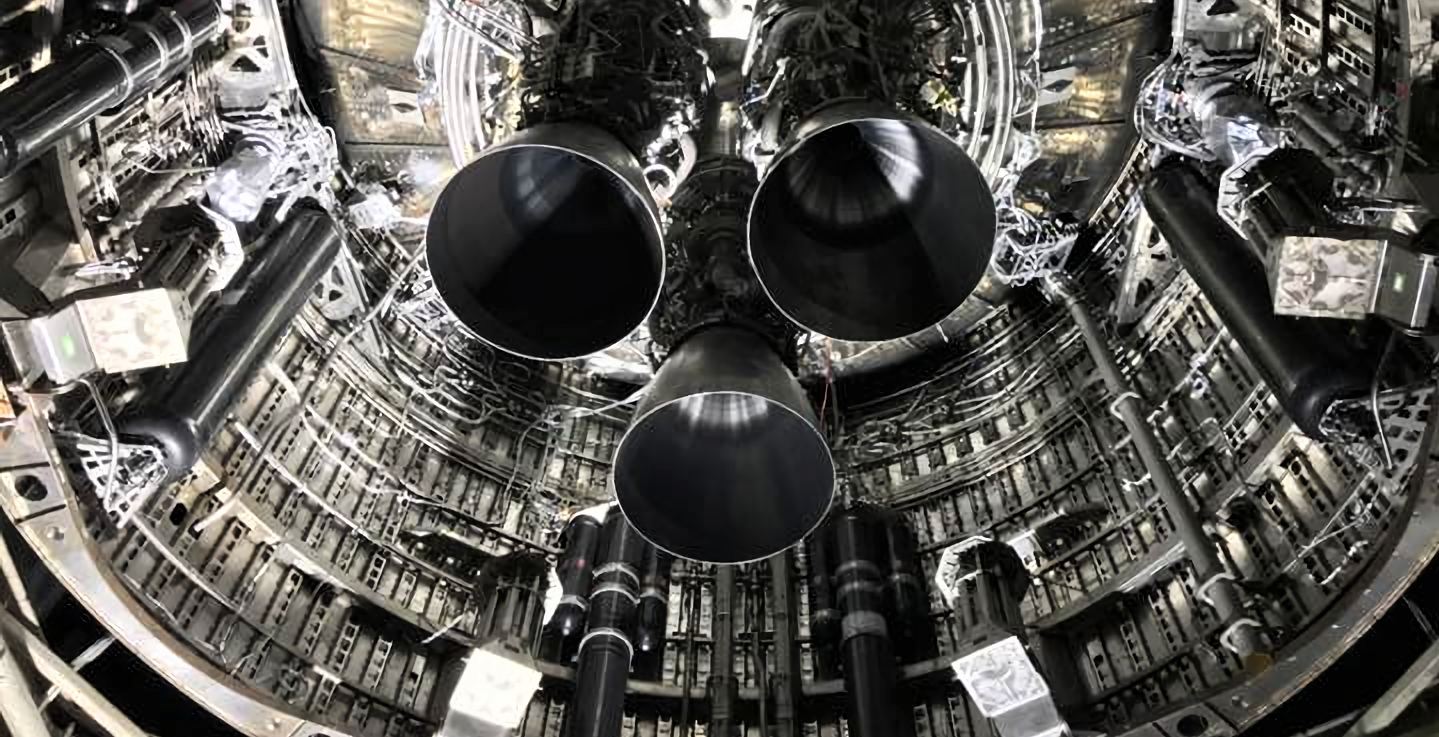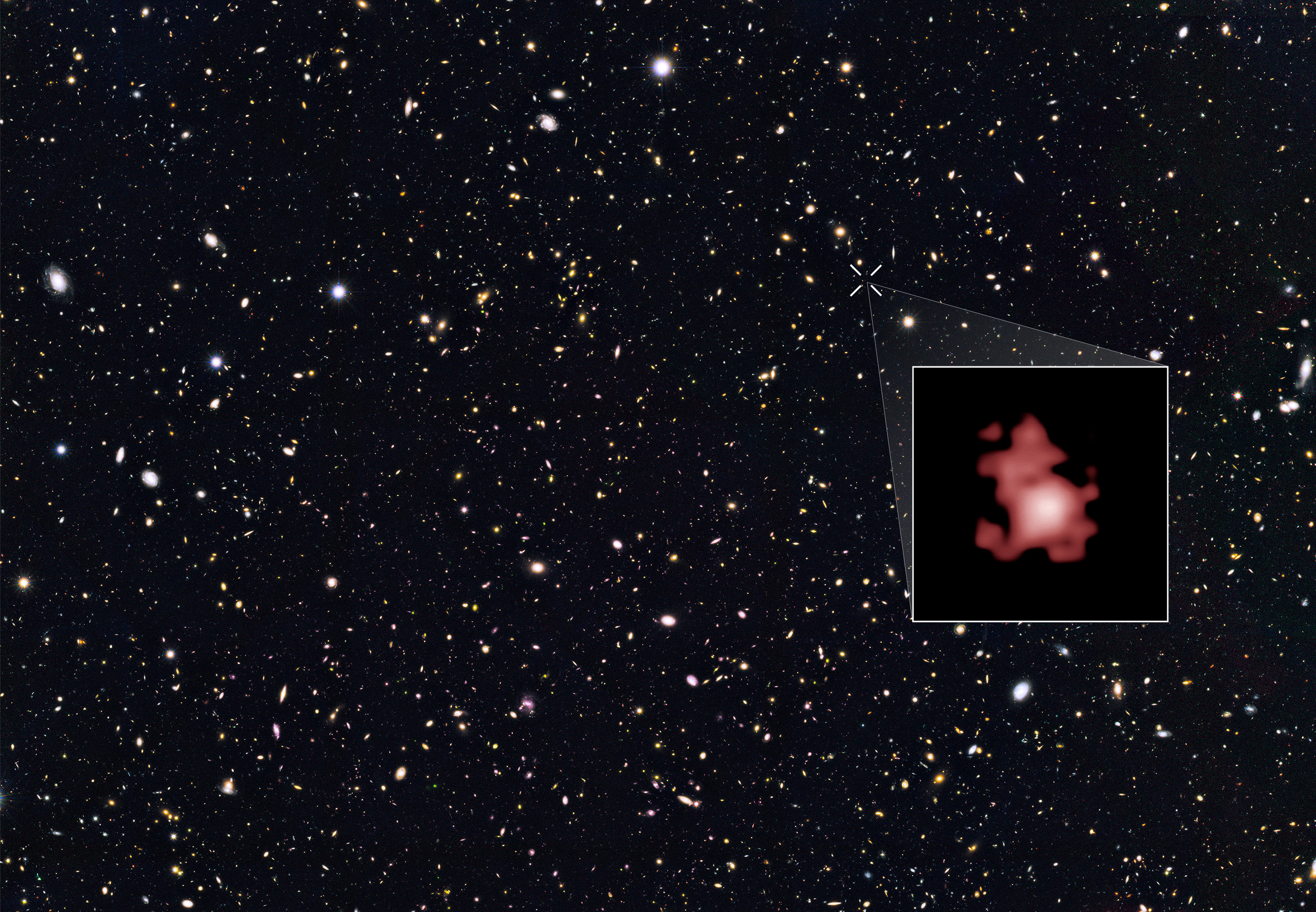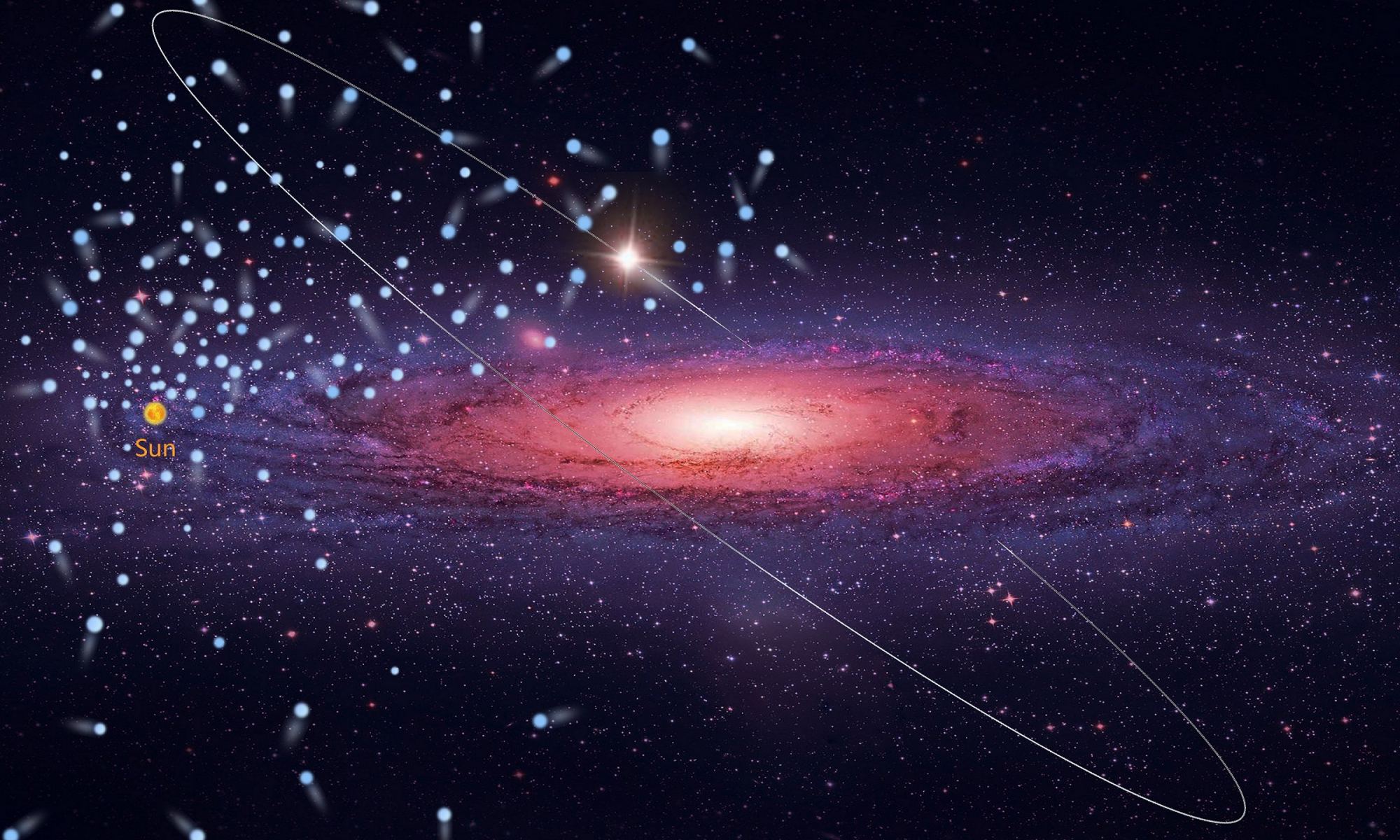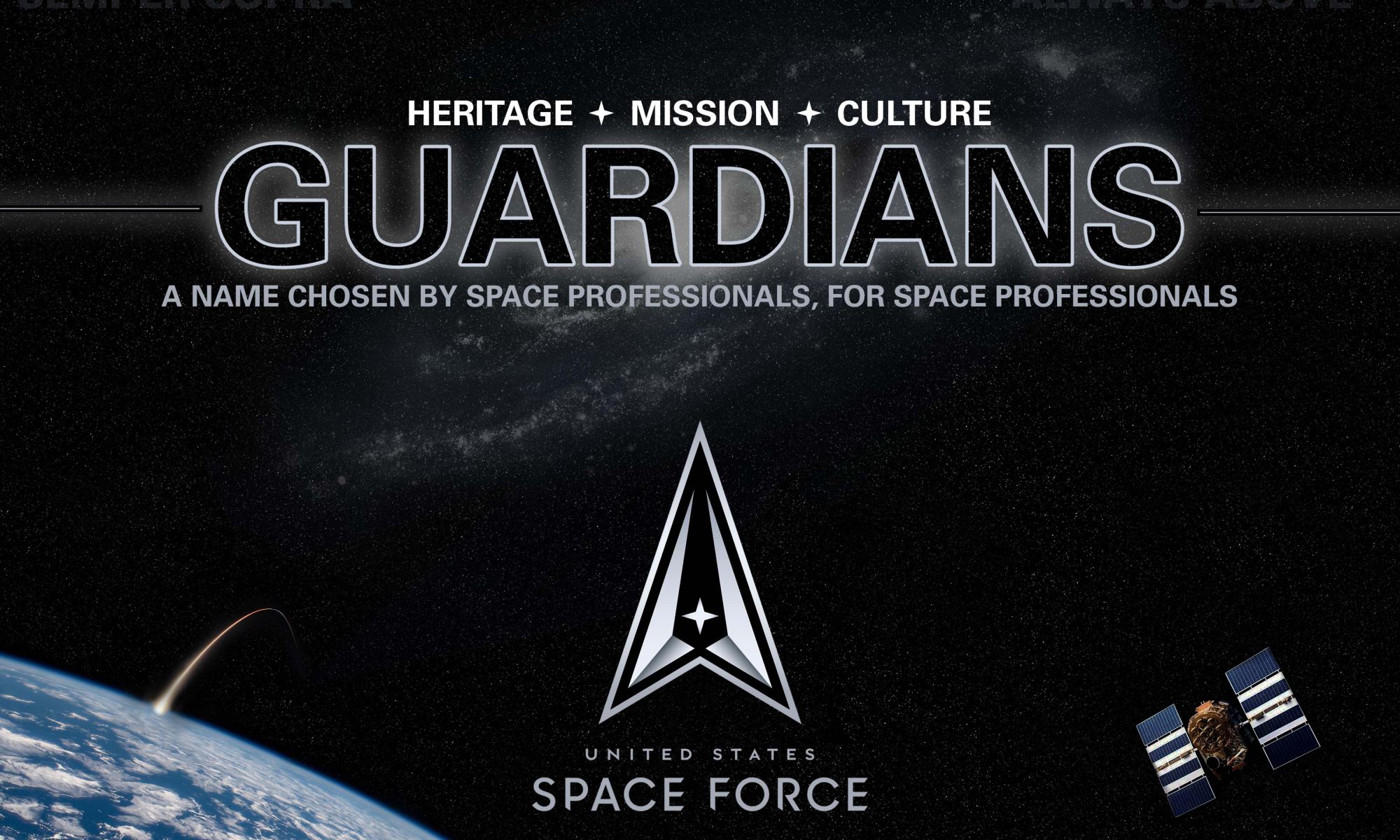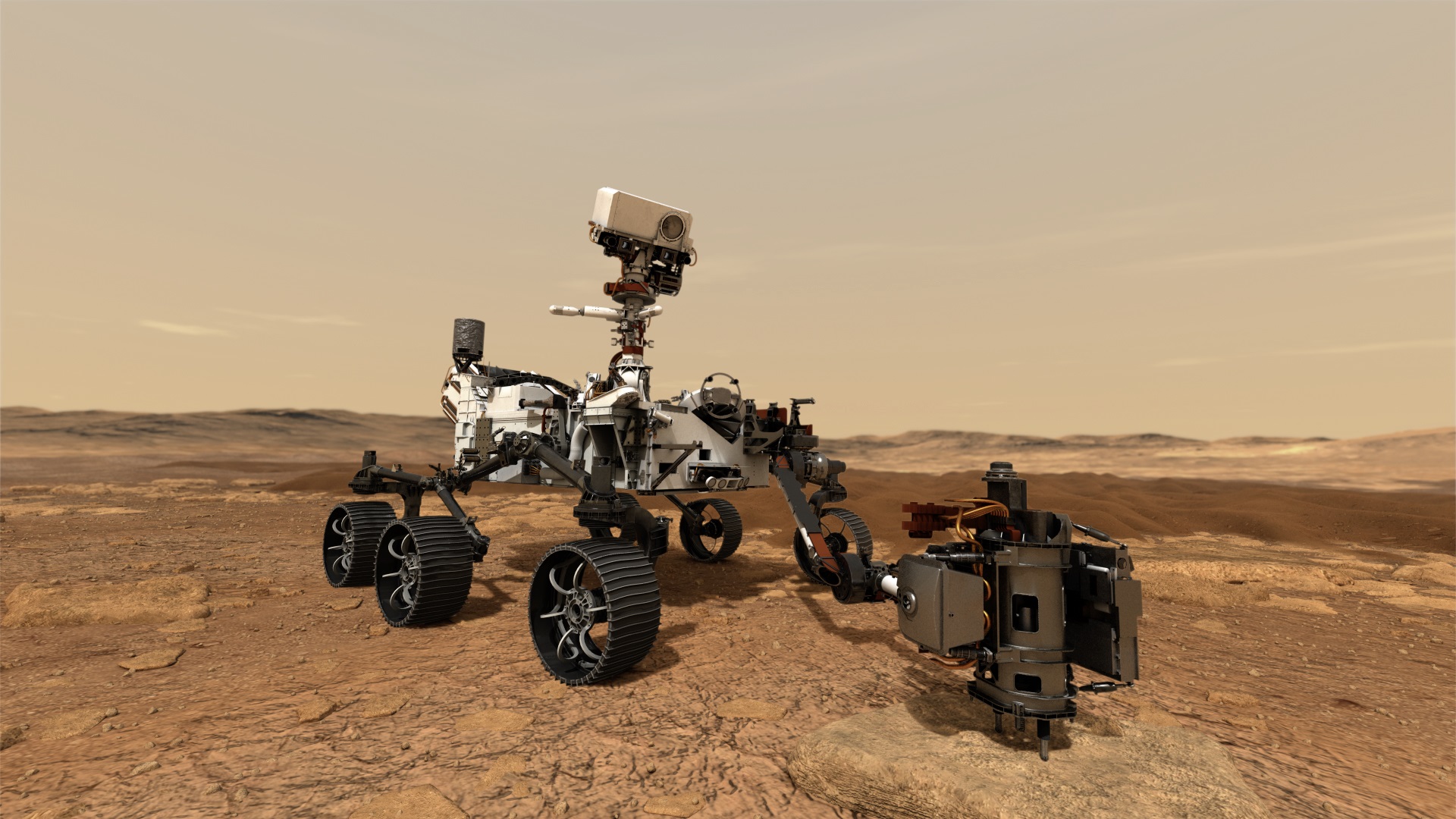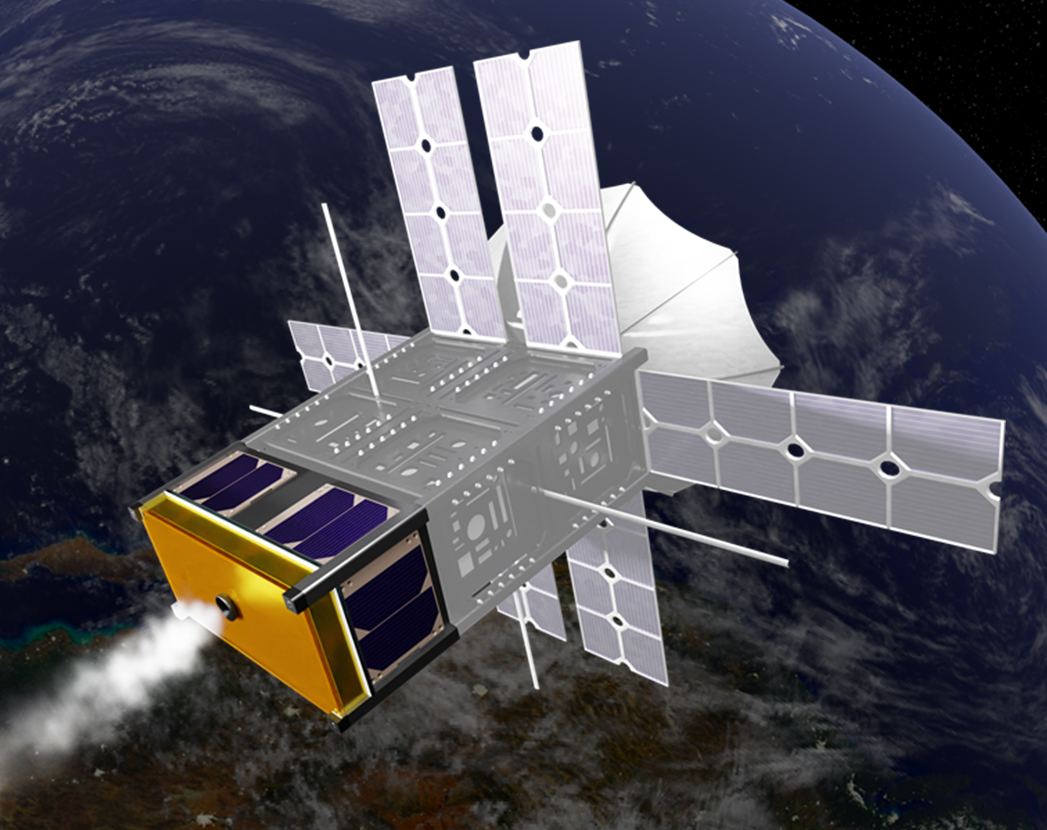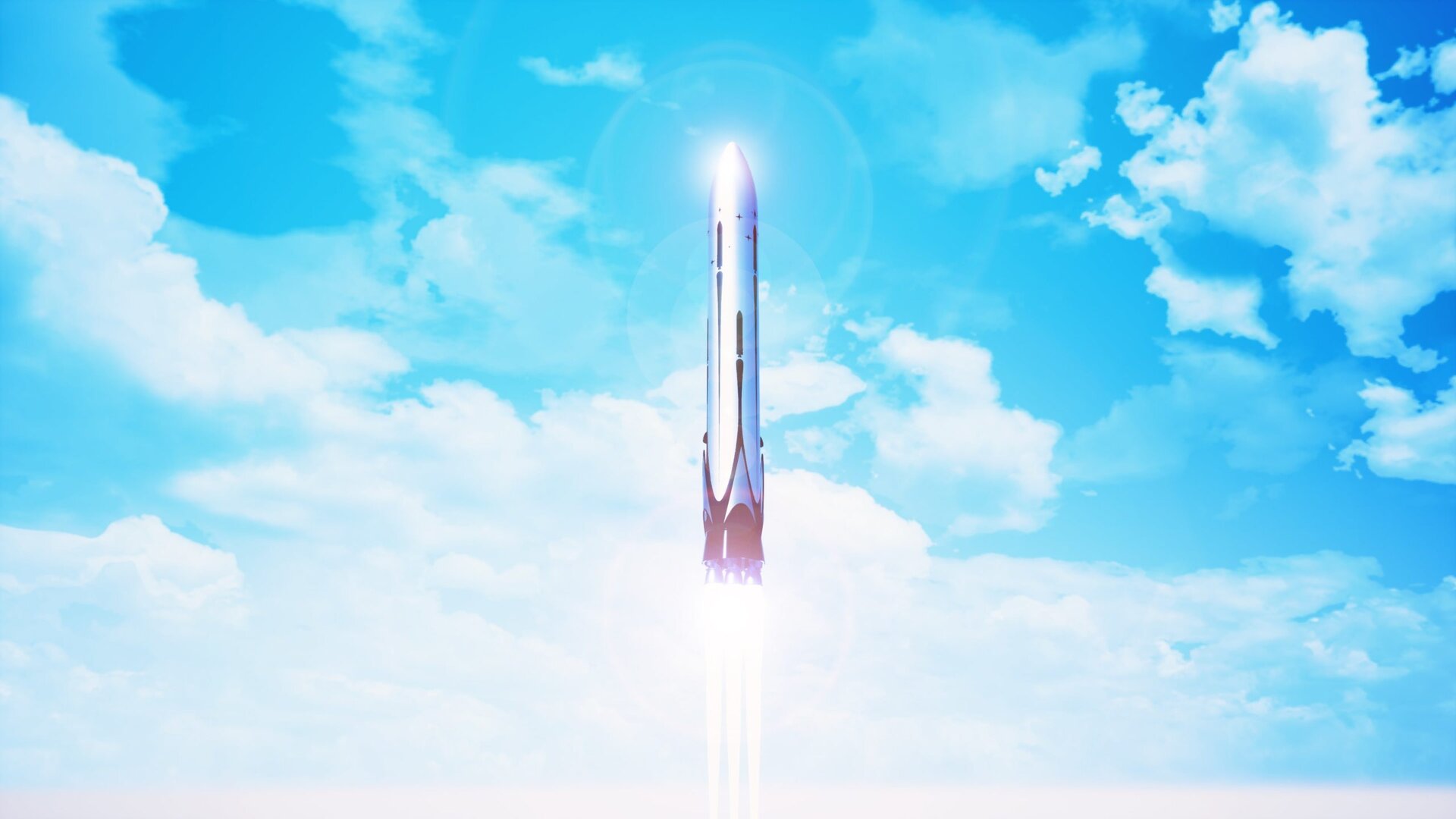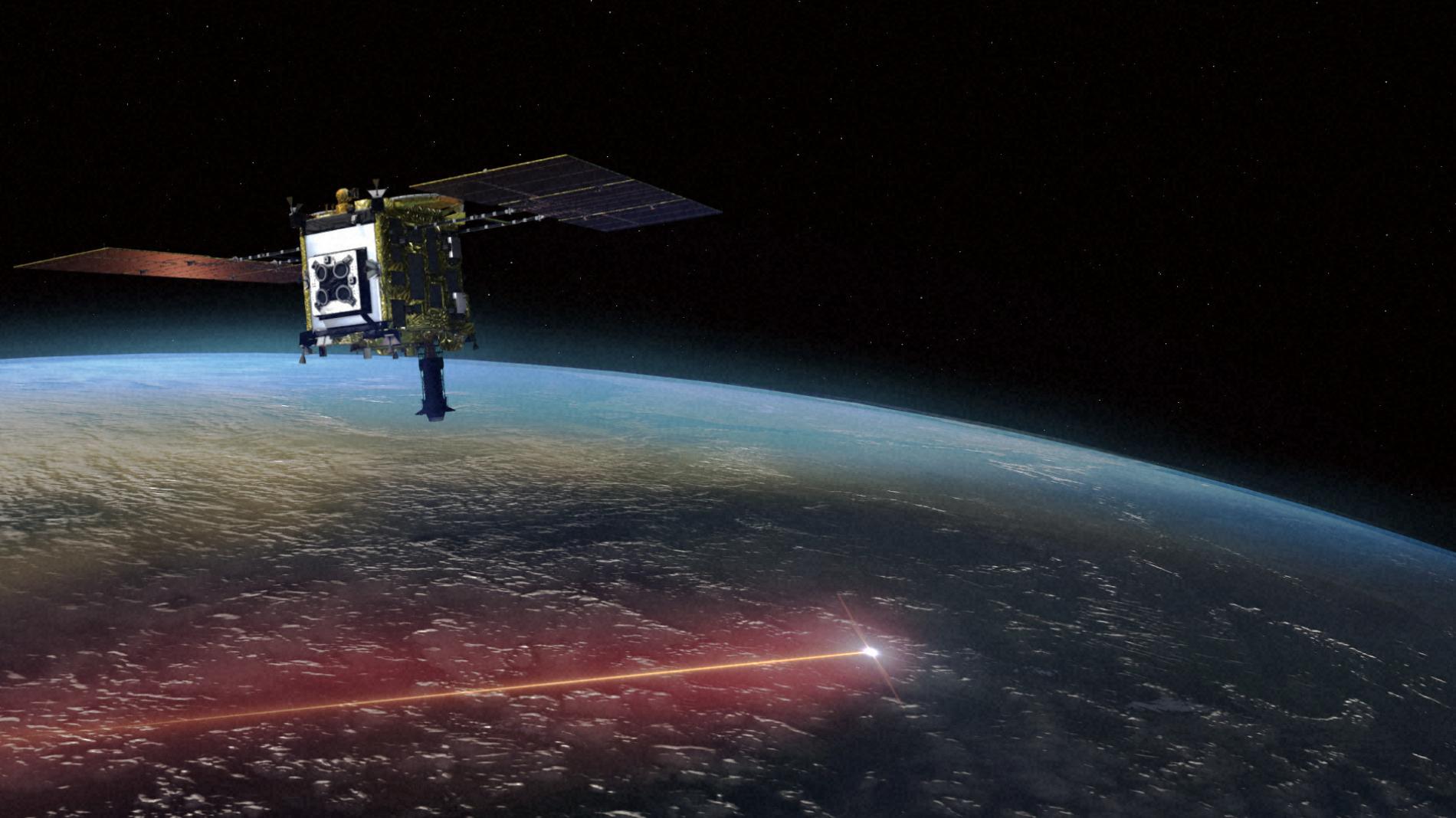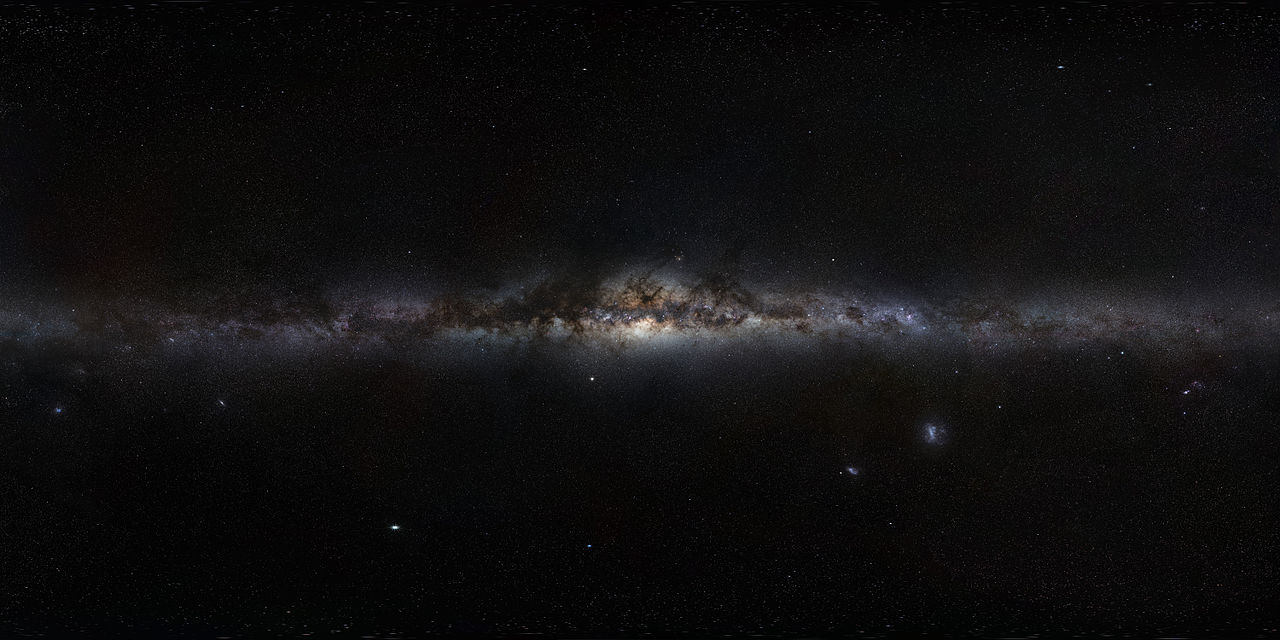For years, SpaceX founder Elon Musk has talked about what he will do once his company’s super heavy-lift launch system is finally ready to go! While tidbits of information were shared between 2011 and 2015, it was not until September of 2017 that Musk began to share detailed plans for this system. By 2018, Musk announced that work on the Starship and Super-Heavy (formerly known as the BFR) was underway.
In the past year, progress on the Starship has advanced by leaps and bounds (despite a few explosions). This reached a high point on Dec. 9th, 2020, when the SN8 prototype conducted a hop test where it reached an altitude of 12.5 km (7.8 mi) and did a “belly-flop” on the way down. According to recent indications, the SN9 may be making a hop test by the end of this week!
Continue reading “Big News for SpaceX: Static Fire Today, Hop Test This Weekend?”
